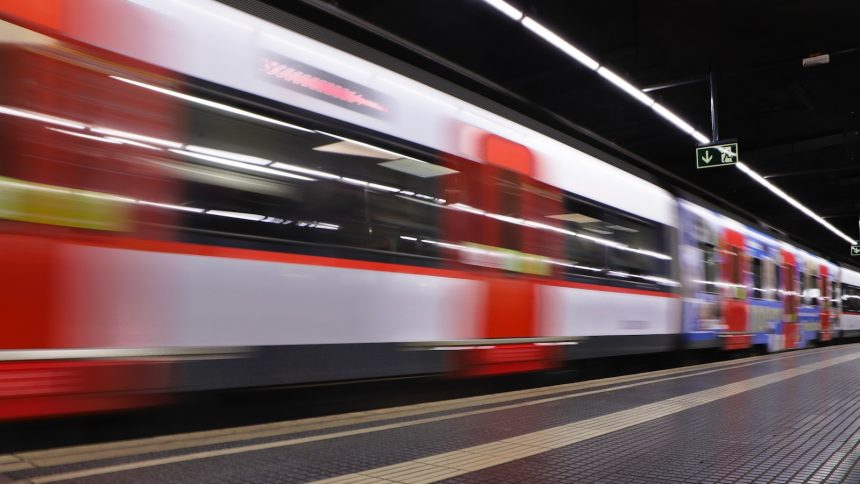Barcelona’s subway system is leading the way in innovation, with trains that generate power as they brake, powering everything from electric vehicle chargers to station amenities. Each time a train stops, the friction energy is converted into electricity, reducing the system’s energy consumption significantly.
The MetroCHARGE project in Barcelona utilizes regenerative braking to power not only the trains but also a network of electric vehicle chargers. With plans to expand the project, the city is set to save approximately 3.9 metric tons of CO2 emissions annually. This initiative is not only innovative but also environmentally friendly.
Other cities are looking to replicate Barcelona’s success with regenerative braking. By tapping into the energy that would otherwise be lost during braking, transit systems can significantly reduce their energy consumption. Barcelona’s efforts have set an example for others to follow in the realm of sustainable transportation.
As transportation electrification gains momentum globally, Barcelona’s subway system serves as a model for efficient energy use. With the implementation of regenerative braking, the city has not only reduced energy consumption but also decreased temperature levels within the subway system.
Barcelona’s success with regenerative braking highlights the potential for other cities to adopt similar strategies. By leveraging existing subway infrastructure and incorporating sustainable practices, urban transportation systems can become more energy-efficient and environmentally friendly.






